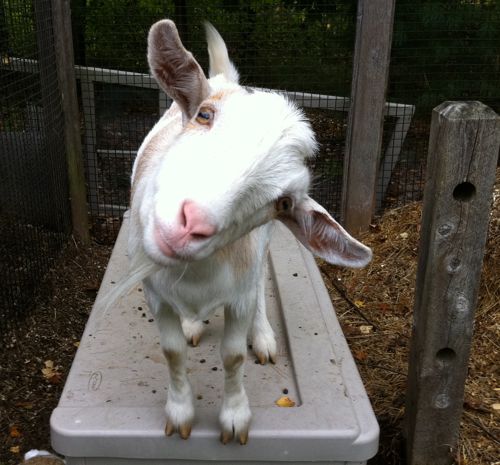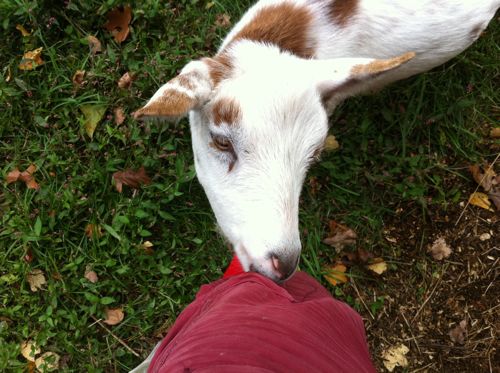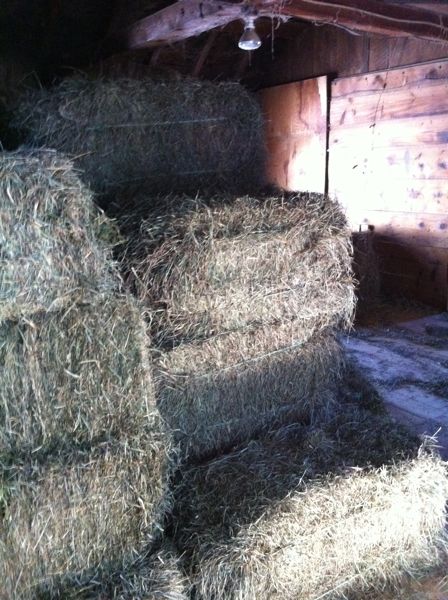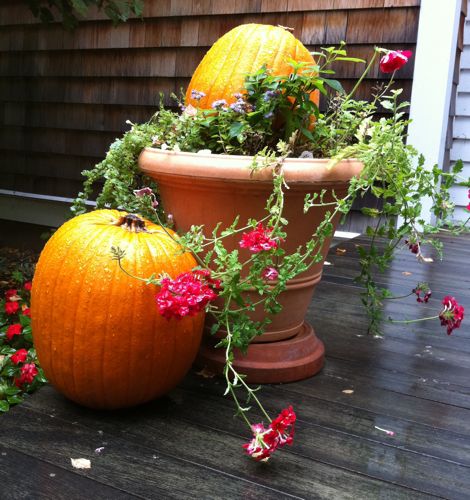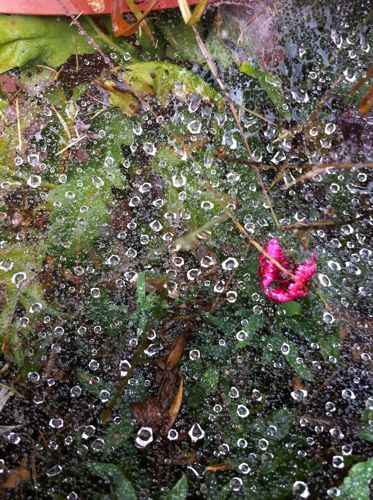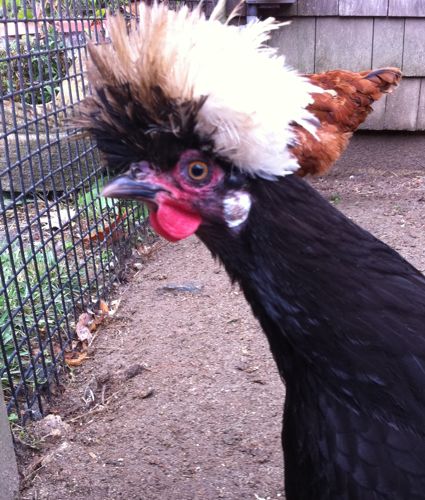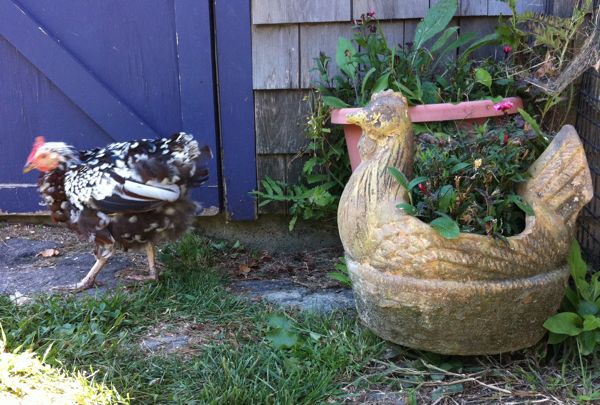In the first year of life, a chicken transforms from a fluffy ball into an egg-laying marvel. Around 20 weeks of age, she’ll lay her first egg, and then continue to lay, daily, all year, even through the dark and cold winter months.If you have a breed that’s designed for egg production, such as a leghorn, you’ll get upwards of 250 eggs that first year. Not all breeds crank the eggs out like that. Some, during their first full-feathered summer, go broody. Some haven’t read the books that say they’re supposed to lay once every 26 hours, and skip a day here or there. But, usually, you’ll get plenty of eggs from your new hens.
When the chicken is about 18 months old, she’ll go through her first molt. Egg laying ceases. Old feathers fly. New ones grow in. And then it’s winter, and this time through, the dark and cold slow down or stops the egg laying. When spring comes, she’ll resume her egg-laying, but not at the pace of her first year. The shells will be thinner and more prone to breaking.
By the time her second molt and winter comes along, a farmer who needs her chickens to be economically worth it, will harvest the old hens and start a new batch of chicks. But, most of us backyard chicken keepers hold onto the old girls. They’re still laying some eggs, and they’re familiar beings in our lives. By the fifth year, they rarely lay, yet there they are, clucking in the backyard and eating their chicken pellets.
I have a flocks of mixed ages and breeds. In the big barn, my two-year old hens, Agnes and Philomena, each lay an egg a day. One of the other older hens, I think Maizie, lays two eggs a week. The others, who are in their sixth year, don’t lay at all. I haven’t kept exact records of when my hens ceased laying. What about you? How many eggs do your three-year old hens lay? What about your five-year old hens? How old is your oldest chicken?
